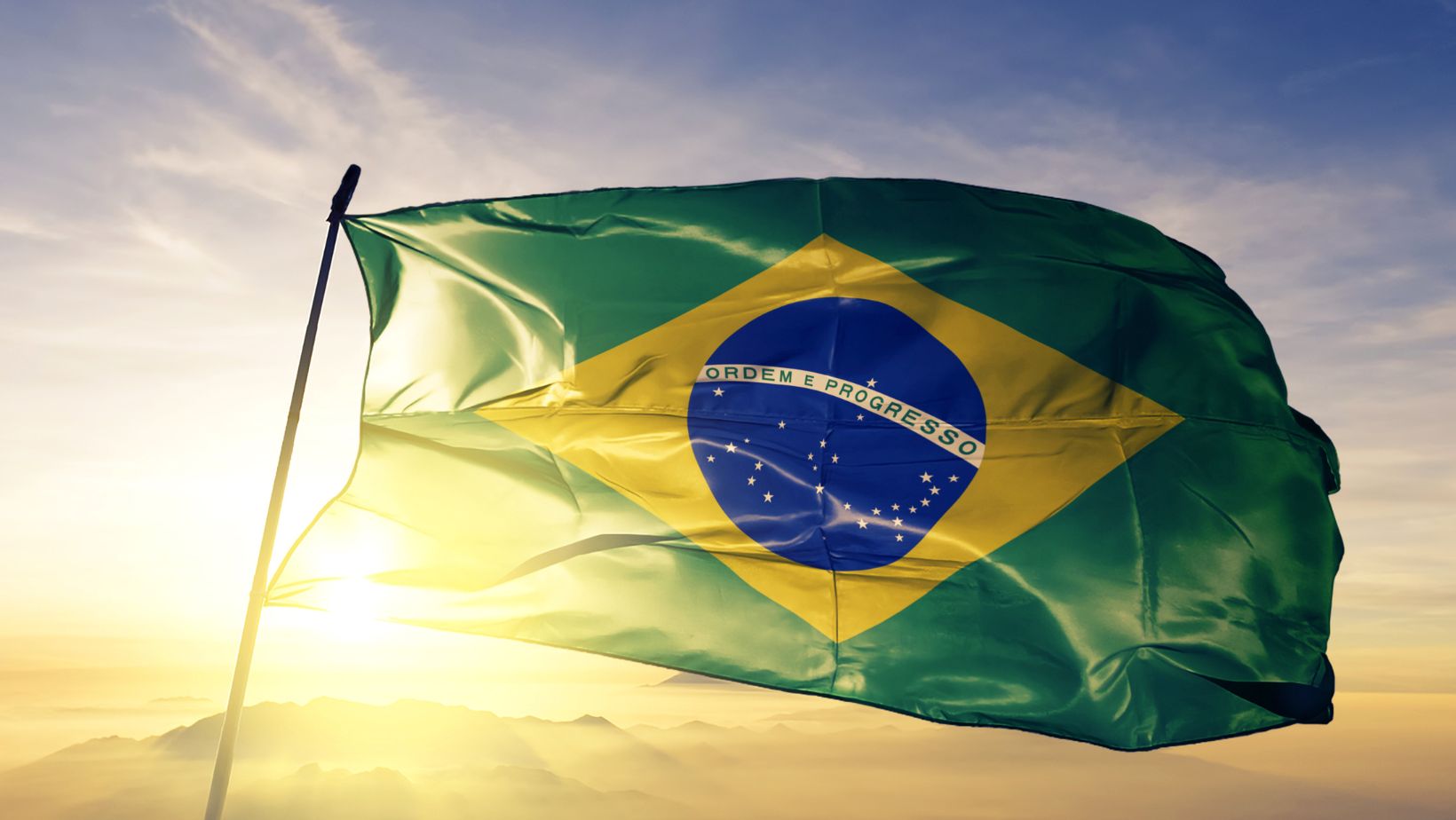Over the weekend, results of two clay-hosted projects showed remarkable potential.
Brazil has one of the world’s largest reserves of rare earths but mines only a few deposits, according to data from the United States Geological Survey (USGS). This is bound to change soon, as numerous companies from various countries have long recognized the potential of the Latin American country’s resources.
Over the weekend, new study results of two deposits fuelled the topic further. Australian mining company Viridis Mining and Minerals Limited announced it has achieved the world’s highest overall bulk ionic recoveries with rates as high as 63 percent (PDF). Viridis’ Colossus project in the Eastern state of Minas Gerais is a so-called ionic adsorption clay deposit, a deposit form where ores are hosted in decomposed rocks formed by intense weathering and primarily found in tropical and subtropical areas. These deposits are the primary source of the so-called heavy rare earth elements such as dysprosium and terbium, which occur significantly less often and are more expensive than their light counterparts, like neodymium. They are mined via chemical leeching processes, which require less traditional mining activities. Currently, only China and neighboring Myanmar mine this form of deposit.
Chief Executive Officer Rafael Moreno commented on the record results, emphasizing that the company believes the results support “the foundation for building Colossus into the premier ionic adsorption clay (‘IAC’) deposit globally.” Regarding environmental and economic concerns, Moreno added that the minerals in the project can be extracted “simply by washing the clays with a salt solution at room temperature, e.g., Ammonium Sulfate.” Compared to regular hard-rock projects, Viridis’ deposits won’t require production steps such as blasting, acids, high temperatures and pressures, toxic fumes, and radioactive waste streams to extract the contained rare earth elements, he added.
From the East all the Way to the Amazon.
On the other side of the country, in the state of Amazonas, the Australian mining company Brazilian Critical Minerals, aptly named for its focus on the Latin American country, also announced test results for a rare earth project (PDF). Results for the company’s Ema project, in which the discovery of rare earth elements was announced just last year (PDF), show a substantial maiden mineral resource estimate of over one billion tons. A maiden resource estimate is the first time a resource amount has been announced or compiled to modern standards. The Ema project is also an ionic adsorption clay deposit and needs, according to the company, little traditional mining steps, similar to Viridis’ Colossus project. Brazilian Critical Minerals also plans to use an ammonium sulfate leaching solution to extract the minerals. Managing Director Andrew Reid added that only 46 percent of the total area has been drilled so far, and the resources could thus be increased with the next round of test drills planned for the coming months.
Photo: iStock/Oleksii Liskonih


